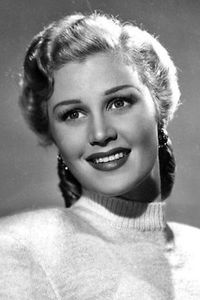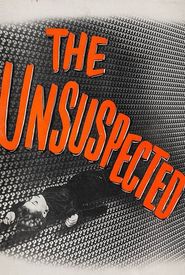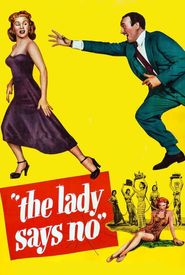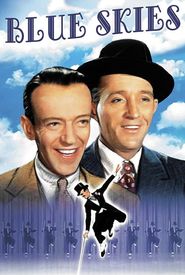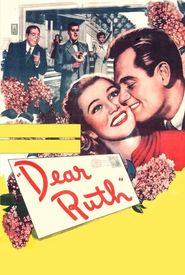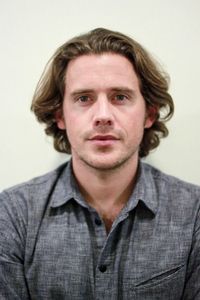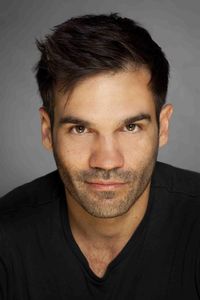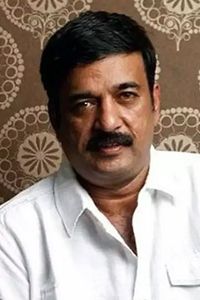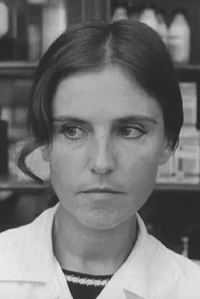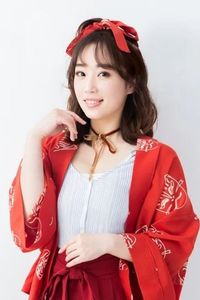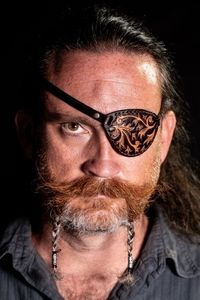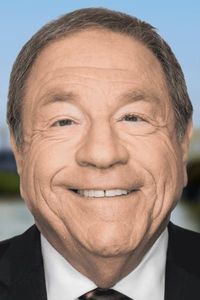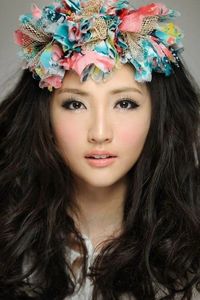Joan Caulfield was born on June 1, 1922, in Orange, New Jersey, to Henry R. Caulfield, an aircraft company administrator, and his wife. She was the middle child of three daughters, all of whom received a private education.
Joan initially pursued a career in acting, joining the Morningside Players acting troupe, but it didn't seem to be her calling. She then turned to modeling, and her exceptional looks and demure personality quickly made her a top fashion model.
Her breakthrough in acting came when renowned Broadway producer George Abbott cast her in his 1943 comedy "Kiss and Tell". The play was a huge success, and Joan's performance earned her rave reviews and the title of most promising actress in the New York Drama Critics' annual poll.
Joan's success on Broadway led to a contract with Paramount Pictures, where she appeared in eleven films between 1944 and 1950. She often played the role of a leading lady, but was often typecast as a decorative, cultured, and alluring woman without overt sex appeal.
Despite her success, Joan began to feel trapped in her wholesome image and struggled to find more challenging roles. She eventually rejected her contract with Paramount and began to free-lance, but her choices were limited.
In the 1950s, Joan appeared in a series of lackluster films and struggled to find her place in the industry. She eventually turned to television, starring in her own NBC comedy series, Sally, in 1957. The show was produced by her then-husband, Frank Ross, and boasted an impressive supporting cast, but it ultimately failed to find an audience.
Joan continued to work in television, making guest appearances on various shows, including Murder, She Wrote in 1984. She also reinvented herself as a businesswoman, becoming vice president of Lustre Shine Co. Inc., a company that produced and installed self-polishing machines in airports and hotels.
Throughout her career, Joan struggled with typecasting and the limitations it placed on her as an actress. She eventually came to realize that she needed to develop her craft and learn to be a more versatile actress. As she said in an interview, "Before 1952, I was just playing myself, then I learned to be an actress."
